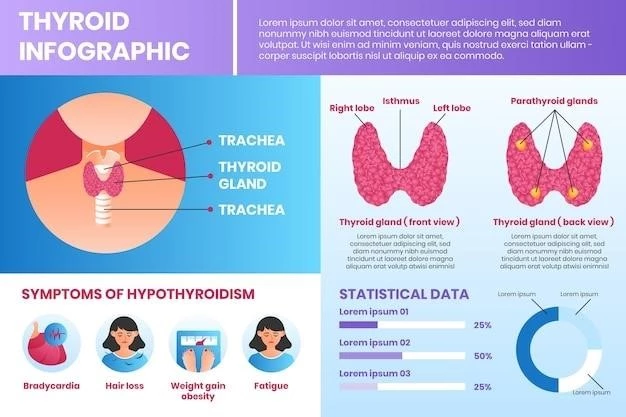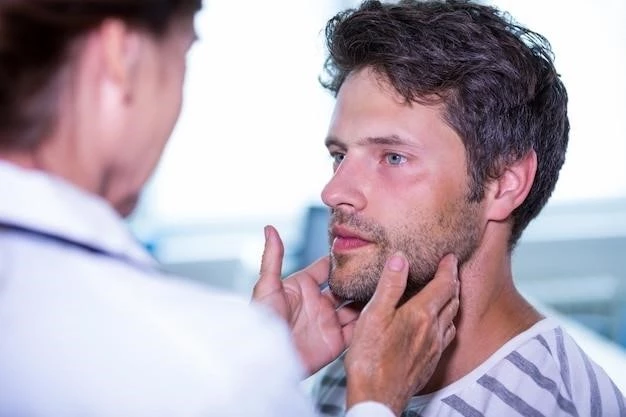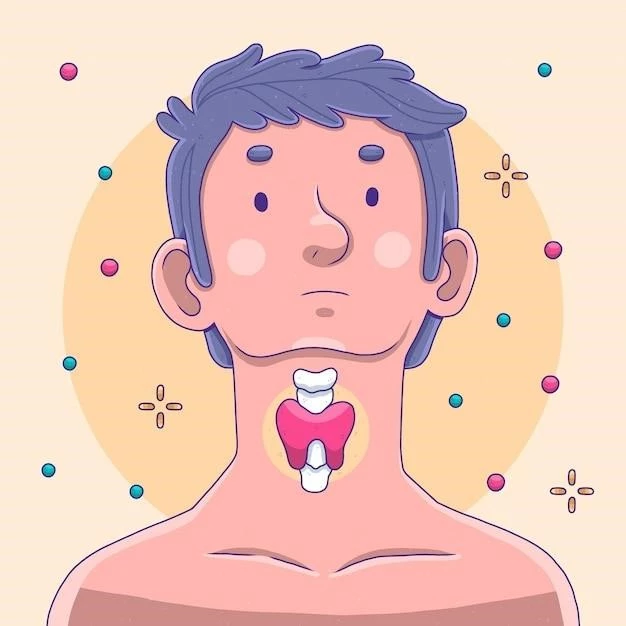Progeroid syndromes are a group of rare genetic disorders that mimic physiological aging, making affected individuals appear older. The term progeroid syndrome encompasses various conditions.
Progeroid syndromes are a group of rare genetic disorders that mimic physiological aging, making affected individuals appear older than they are. Penttinen Syndrome is a specific type of progeroid syndrome characterized by a prematurely aged appearance, acro-osteolysis, loss of subcutaneous fat, translucent skin with keloid-like lesions, and other distinctive symptoms.
Clinical Features and Genetic Basis
Progeroid syndromes mimic aging, making individuals look older. Penttinen Syndrome is a rare type with distinctive symptoms such as acro-osteolysis and lipoatrophy.
Distinctive Characteristics of Penttinen Syndrome and its Genetic Mutation
Penttinen Syndrome is a rare progeroid disorder caused by mutations in the PDGFRB gene, leading to a prematurely aged appearance with lipoatrophy, skin lesions, thin hair, and acro-osteolysis. This specific genetic mutation results in unique clinical features that distinguish Penttinen Syndrome from other progeroid syndromes.
Description of Progeroid Syndromes and the Classification of Penttinen Type
Progeroid syndromes are rare genetic disorders that mimic aging. Penttinen Syndrome has unique characteristics, including acro-osteolysis and lipoatrophy.
Diagnostic Criteria for Identifying Progeroid Syndrome, Penttinen Type
Diagnosing Penttinen Syndrome involves recognizing key features like prematurely aged appearance, acro-osteolysis, lipoatrophy, and specific skin lesions. Genetic testing for mutations in the PDGFRB gene is crucial for confirming the diagnosis.
Management and Treatment Approaches
Managing Penttinen Syndrome involves addressing specific symptoms like lipoatrophy and acro-osteolysis. Consult healthcare professionals for personalized care options.
Strategies for Managing Symptoms of Penttinen Syndrome
Addressing the specific symptoms of Penttinen Syndrome, such as lipoatrophy, skin lesions, and thin hair, typically involves a multidisciplinary approach. Consult with healthcare providers to develop personalized management strategies tailored to individual needs. This may include interventions to improve quality of life and address the physical and psychological impact of the condition.

Research and Recent Findings
Recent studies focus on the genetic mutations causing Penttinen Syndrome, offering hope for future treatments. Stay updated on the latest advancements in the field.
Recent Studies and Discoveries Regarding Penttinen Syndrome
Recent research on Penttinen Syndrome has focused on identifying genetic mutations, offering insights into potential therapeutic targets. Stay informed about ongoing studies and breakthroughs in the management of this rare progeroid disorder.

Support Resources and Future Outlook
Individuals with Penttinen Syndrome can benefit from support groups and research developments. Stay hopeful as advancements in treatment may improve outcomes. Seek out resources for assistance.
Support Groups, Research Developments, and the Future Outlook for Individuals with Penttinen Syndrome
Individuals with Penttinen Syndrome can benefit from joining support groups for emotional and practical assistance. Monitoring ongoing research developments is crucial for understanding potential treatment advancements. The future outlook for individuals with Penttinen Syndrome is hopeful, with ongoing studies aiming to enhance quality of life and provide targeted therapies tailored to the unique challenges associated with this rare progeroid disorder.
